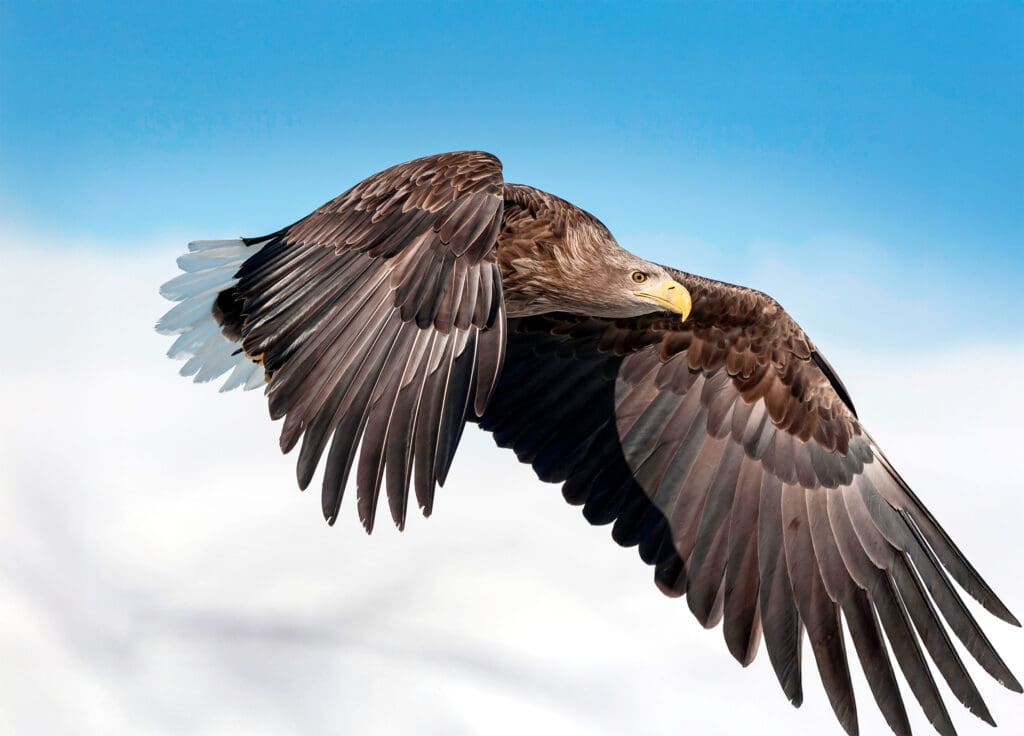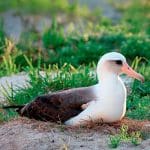Star letter: Steady stream
As the skipper of a passenger boat on the Manchester Ship Canal and River Irwell, I’m often asked: “How polluted is the river these days?” Growing up in the ’60s and ’70s, my teachers used to say it would take centuries to clean up the waterways – even if industrial and sewage pollution were halted overnight. But the explosion in wildlife and the growing variety of species have proven this prediction wrong. Now in my third year working on this canal – approaching 50 years of navigating Britain’s waterways – I’ve witnessed first-hand the dramatic recovery of the rivers. The abundance and diversity of birdlife, in particular, are clear signs that the waterway is not only recovering but thriving.
Although I don’t consider myself an expert, I keep a personal list of the bird species I’ve seen here. That list has just reached 50 in the last three years. Sand Martins nest between the coping stones of the former Pomona Dock, an area earmarked for development. A new regular visitor there is a single Little Egret, frequently seen on a nearby sandbank. Kingfishers are spotted often – usually in pairs.
‘I’ve witnessed first-hand the dramatic recovery of the rivers’
Recent newcomers include Peregrine Falcons, which appear to have settled near one of the BBC buildings. Among the hundreds of Canada Geese, we also have a solitary Greylag Goose that stands out.
The influx of Cormorants into inland waterways over the past 20 to 30 years has been fascinating, and this part of Manchester is no exception. Some Cormorants have even learned to swim ahead of our boats, catching the fish we stir up. I’m no expert on fish species, but the ones I’ve seen caught – by Grey Herons, the Little Egret and Kingfishers – suggest the water is now well-stocked.
Each evening, hundreds of gulls gather on the broader sections of the old docks. They stick to their own flocks: Lesser and Greater Black-backed, Herring, Black-headed, and occasionally Yellow-legged.
One of the favourites among birdwatchers are the Goosanders. They form a ‘raft’ and dive in formation as boats pass by. This flock of juveniles (pictured) seems to have found a roost on the disused Victorian steps of Pomona Island. The MediaCity area is proving that wildlife watching in a city centre can be just as exhilarating as in any countryside or coastal location – especially in places like this, accessible only by boat.
John Stirzaker
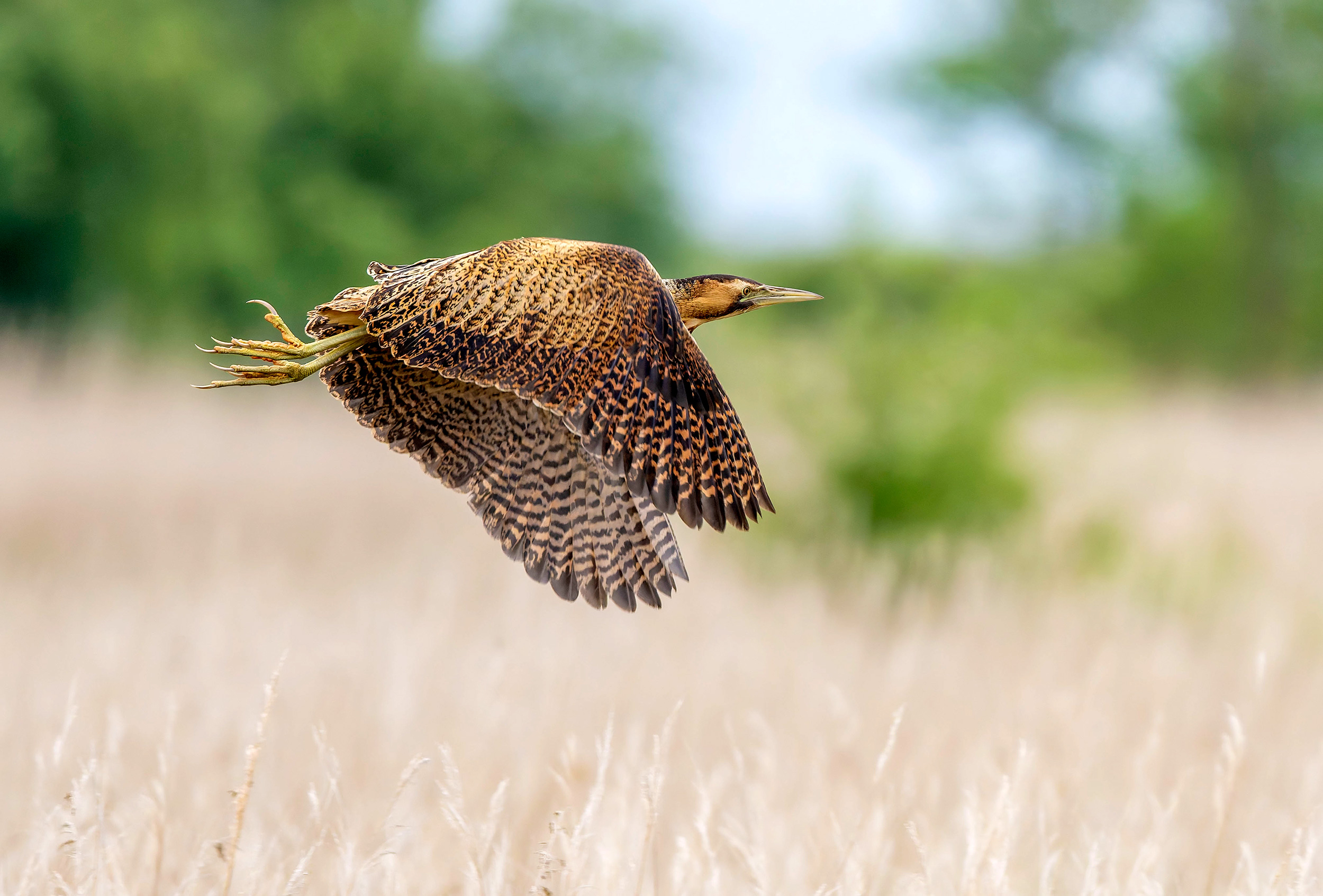
Over half of the UK’s Bittern population can be found on RSPB nature reserves. Photo: Les Cater (rspb-images.com)
Bittern by the bug
We’ve all heard of the runner’s high, and I was pretty full of endorphins after competing my 31st Parkrun at the Millennium Country Parkrun, Forest of Marston Vale. After getting my breath back, I pointed out to the runner next to me how lucky we were to hear the Turtle Dove calling from the trees behind us. As we looked up, a Bittern flew straight over our heads. As I had only ever seen one before about 30 years ago at Cley Marshes, this was a real bit of luck and a great way to combine hobbies!
Neil Coles

The White-tailed Eagle is Britain’s largest bird of prey. Photo: Katie Nethercoat (rspb-images.com)
Tales of hope
Thank you so much for the article in the latest magazine on the return of the White-tailed Eagle. What an amazing success story down to the hard work and dedication of so many people, but especially Dave Sexton. I went on a birdwatching holiday on the Isle of Mull in 2006 and was fortunate enough to see the eagles on several occasions. What magnificent birds – totally awe-inspiring. I now live at the foot of the South Downs in East Hampshire and eagles from the Isle of Wight have been seen soaring above Butser Hill just a few miles down the road. A wonderful sight.
Janice Broadbridge

Write to us
Have a nature-inspired story to tell? Send us your letters! Our star letter wins a pair of RSPB 8×32 Avocet binoculars from our Viking Optical range – waterproof, nitrogen-filled and robust. To see the full range, visit the shop website.
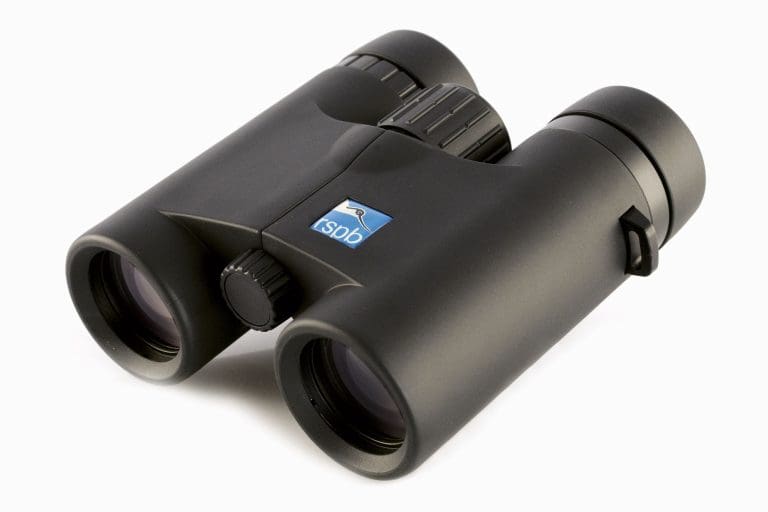
RSPB 8×32 Avocet binoculars. Photo: RSPBshop.co.uk
You might also like
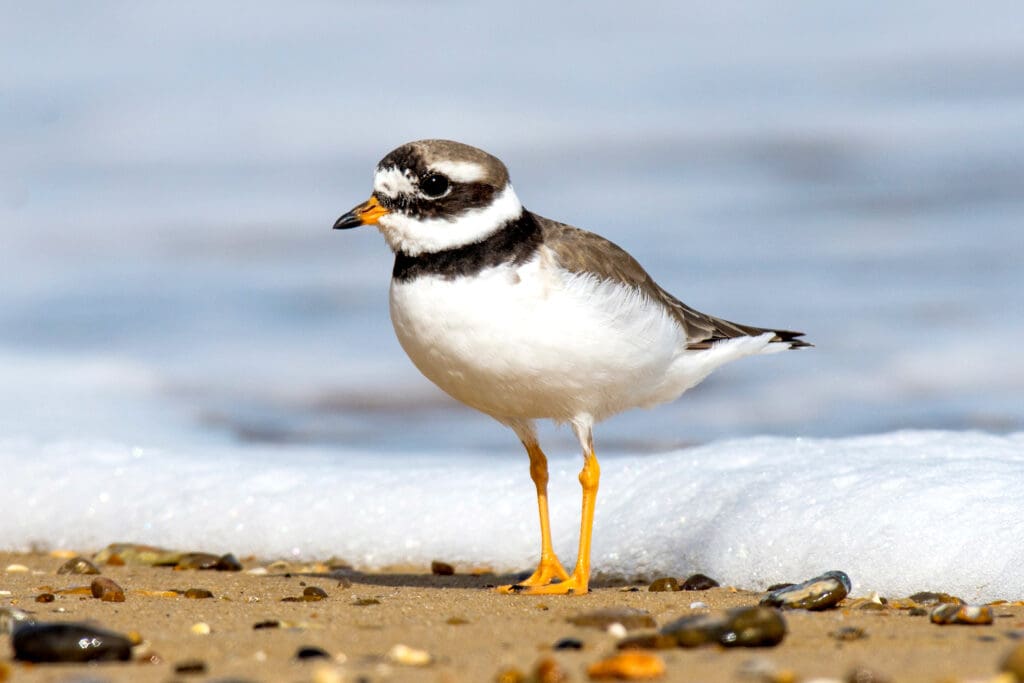
Identifying waders in winter
